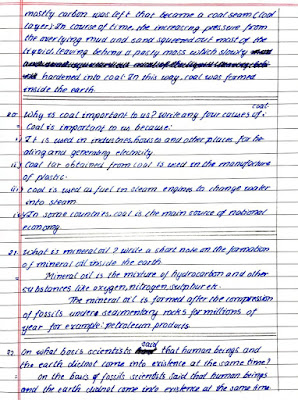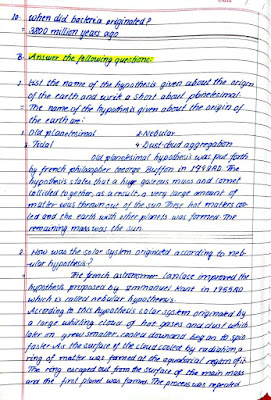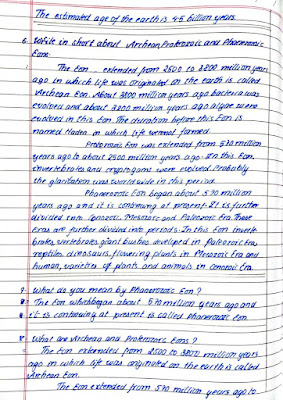Chapter-19
Heredity
All notes and practice questions
1. The branch of biology in which the study of inheritance from the parents to the offspring is called genetics.
2. The process of transmission of characters from one generation to another generation is called heredity or inheritance.
3. The characters which transfer from parents to offspring are called hereditary characters. For example shape, color, the height of the body, etc.
4. The organism produced by crossing two genetically different patterns is called hybrids.
5. The process of crossing between two alternating characters is called hybridization.
6. The outlook of an organism is called the phenotype.
7. The genetic composition of an organism is called a genotype.
8. A phenomenon in which a member of a pair of allelic genes expresses itself as a whole or in part incomplete dominance is called dominance.
9. The difference from the parents to offspring is from the members of the species is called variation.
10. The variation which occurs by sudden changes is called discontinuous variation.
























































